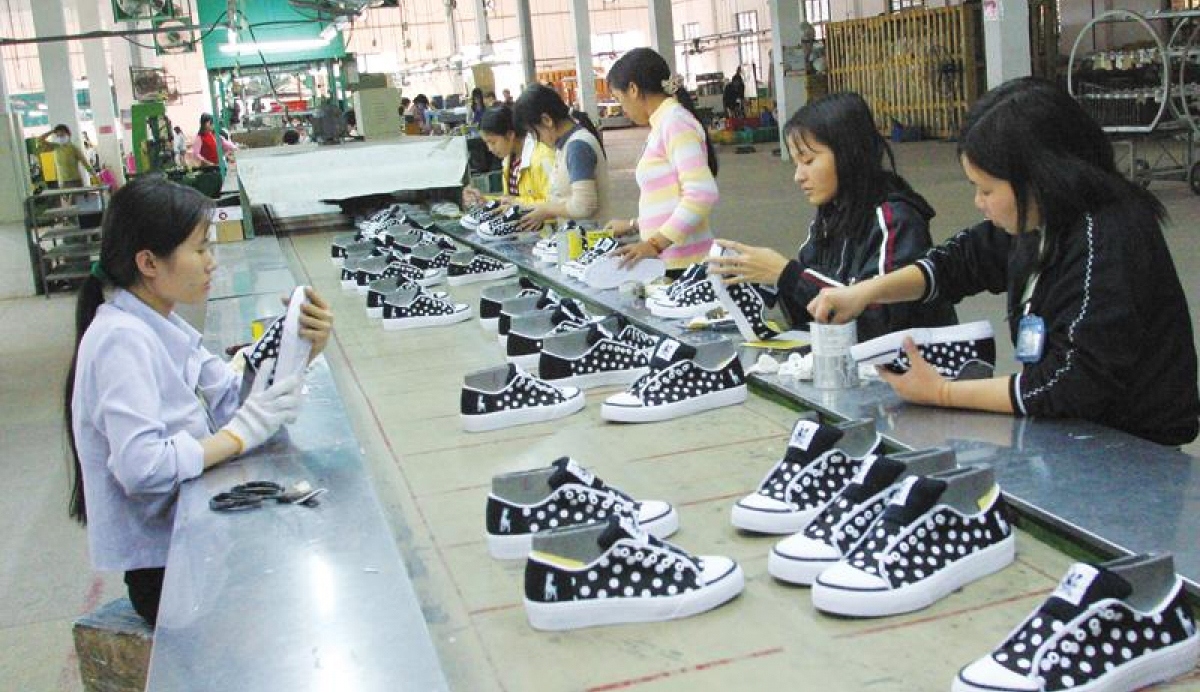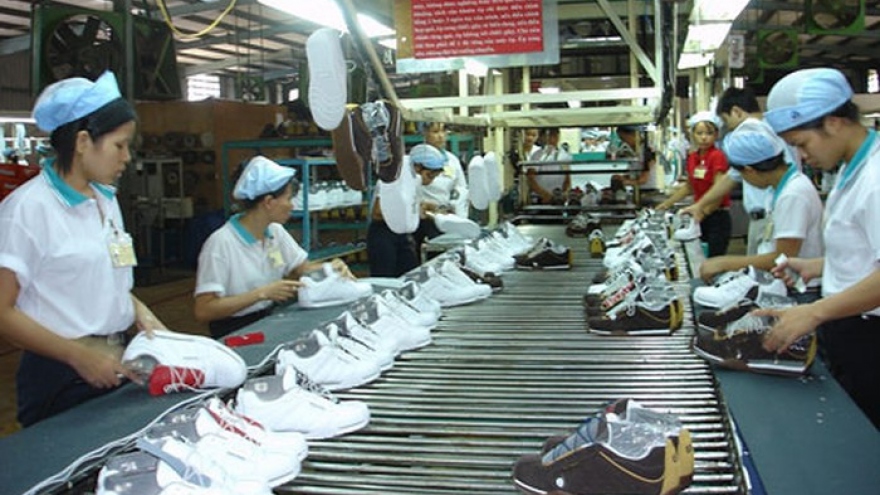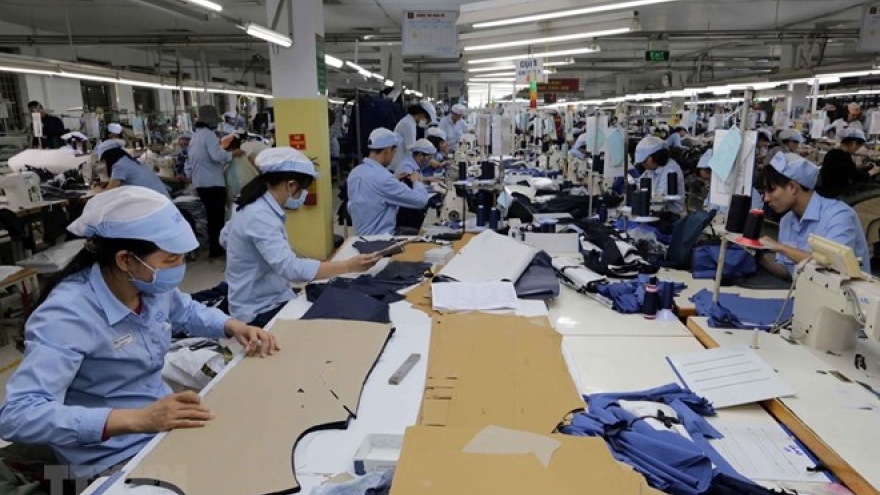Leather & footwear sector unlikely to meet US$24bln export target
VOV.VN - The Vietnamese leather & footwear sector is finding it difficult to fulfil the US$24 billion export target this year due to shrinking markets globally, according to Ministry of Industry and Trade (MoIT).

In its September update, the MoIT reports that the leader and footwear sector obtained a 2.9% increase in its export revenue compared to July, but a 3.6% drop from the same period last year.
Overall, the sector’s 8-month export value declined 8.6% year on year to US$10.9 billion, threatening it with the target of earning US$24 billion from exports this year.
Shoemakers have felt the pinch of the novel coronavirus as the COVID-19 pandemic caused foreign consumers to tighten their belt in consumption.
Many of Vietnam’s leading shoe consumers such as the United States, China, Japan, Belgium and Germany cut down on imports compared to the previous months.
An official of the Vietnam Leather, Footwear and Handbag Association (Lefaso) says that material is no longer a problem for business at the moment, but seeking consumers is a pressing mater to be dealt with.
Difficulties in sales have forced businesses to scale down their production capacity by 40-50%, said the official, revealing their export plan relies greatly on orders on a monthly basis.
According to the Ministry of Industry and Trade, the leather and footwear sector is anticipated to continue encountering difficulty in the remaining months of the year as it depends a lot on the recovery of the US and EU markets which have begun to bear the brunt of the COVID-19 pandemic.
The EU-Vietnam Free Trade Agreement (EVFTA) which came into effect on August 1 this year is considered the driving force behind the sector’s growth. However, experts say it is not easy to make the most of the trade deal as the sector only enjoys 35-40% of the value of which 25-30% is used to pay labour costs and 5% is for foreign trade delivery costs.
Currently, the sector has more than 1,700 businesses, 85% of which have limited capital and technology, and they mainly rely on material imports. To take advantage of the EVFTA, experts say the sector has no choice but to successfully build a synchronized production and supply chain of raw materials.


